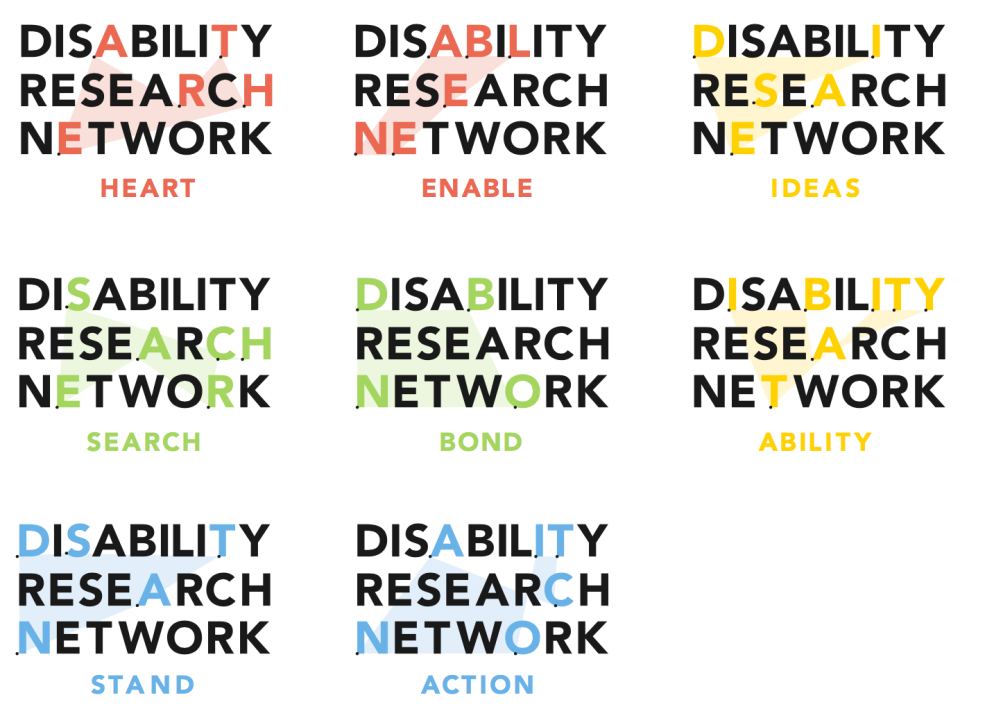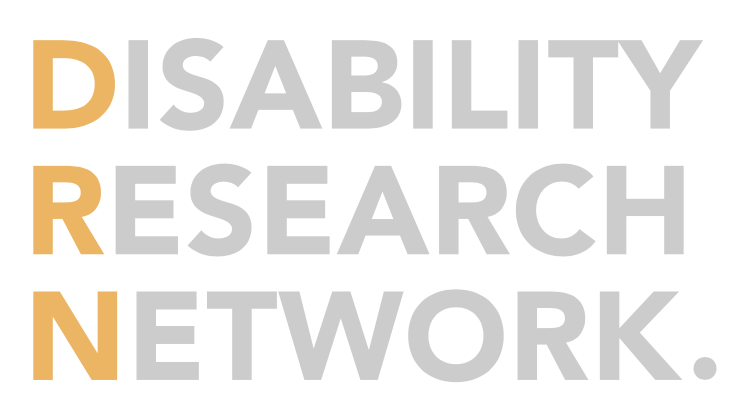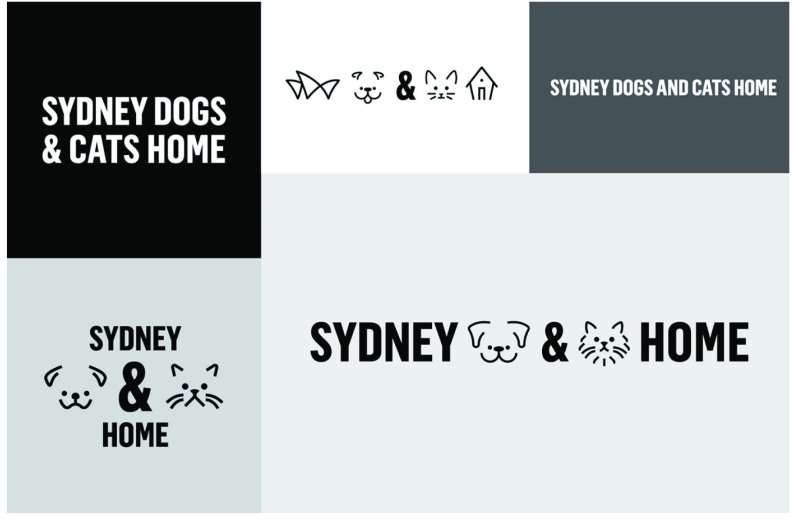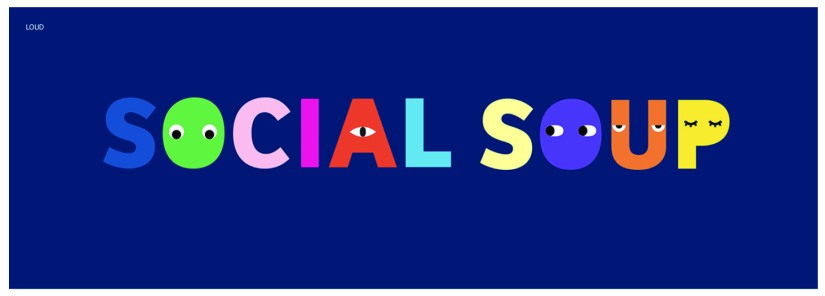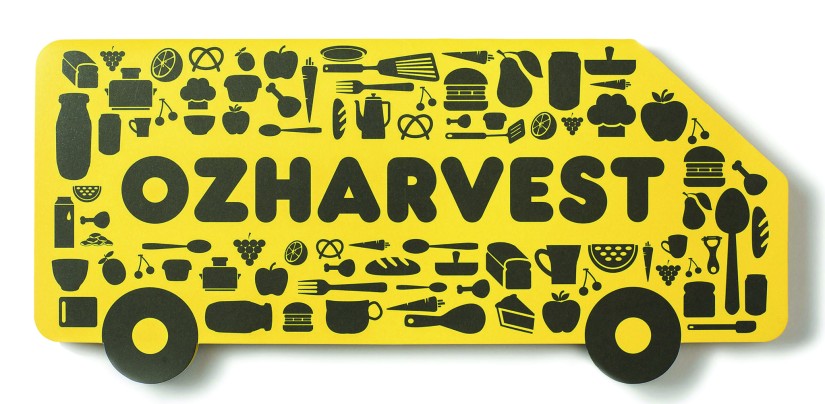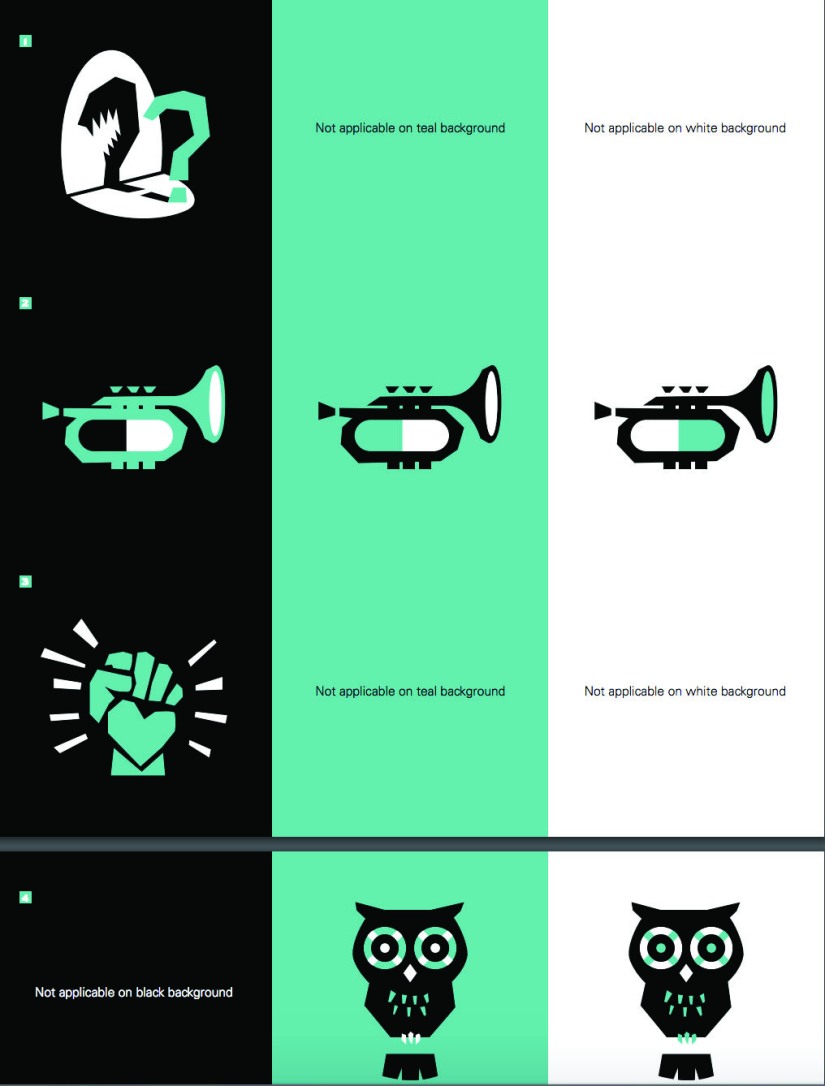In this class, we all came together to wait for feedback from our clients through email. We decided to print our designs to see what they looked like on paper and how the colours and sizing worked out.
We also spoke to Jo about the return brief we sent to the clients and she helped us refine some of our concepts. After this talk we were able to come up with another concept.
The next day, we received an email back from our clients explaining their thoughts on our return brief and our designs. Overall, it was good feedback, with some things we had to change about our designs.
After receiving this email we worked on the concept that our client liked best and refined it so that we could send it back and see what their thoughts were.









